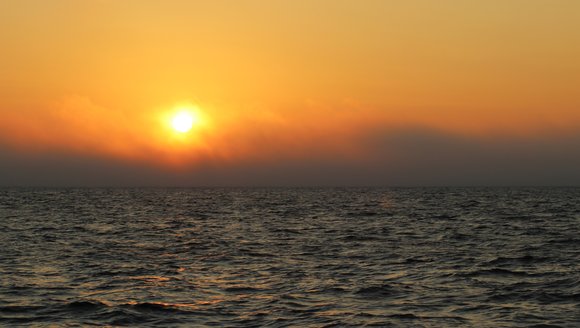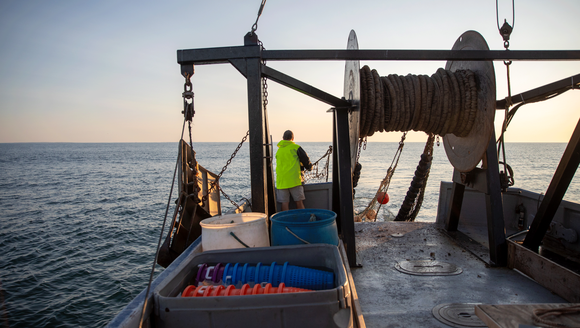Research Team Mussels Up
Tidings | Apr 20, 2020

Blue mussels have been noticeably less abundant in Casco Bay during recent years.
Warming waters, invasive species such as green crabs, and other challenges have had widely recognized consequences in the intertidal zone — the area above water at low tide and under water at high tide. But what’s happening in deeper water?
Mussels typically do well below the tide line, thanks to stable temperatures and less predation from green crabs — but deep water can make mussel research more challenging. As a result, we know relatively little about subtidal populations, compared to those in the intertidal.
GMRI scientists have spent the last four years studying and documenting changes in Casco Bay. This year, they began exploring the subtidal region to assess whether mussel population losses observed above the tide line are universal.
Researchers spent this first field season assessing which techniques and locations will work best. They explored new camera technologies, built custom hardware, and covered a lot of ground exploring the best potential research sites in Casco Bay. This approach should help produce cost-effective sampling methods to support long-term monitoring.
"It’s critical to develop effective survey methods at the beginning of a project like this,” said Dr. Lisa Kerr, who leads the study. “That’s the first step toward reliably tracking changes to this resource over time.”
Field work will continue next spring, and researchers hope the data gathered will help them ask and answer questions about blue mussel presence, population density, and habitat.



